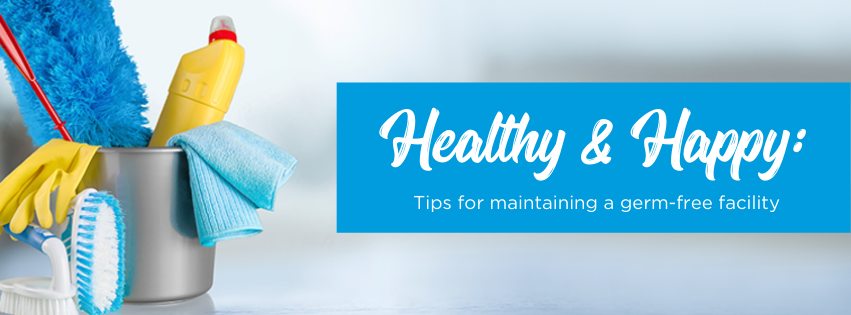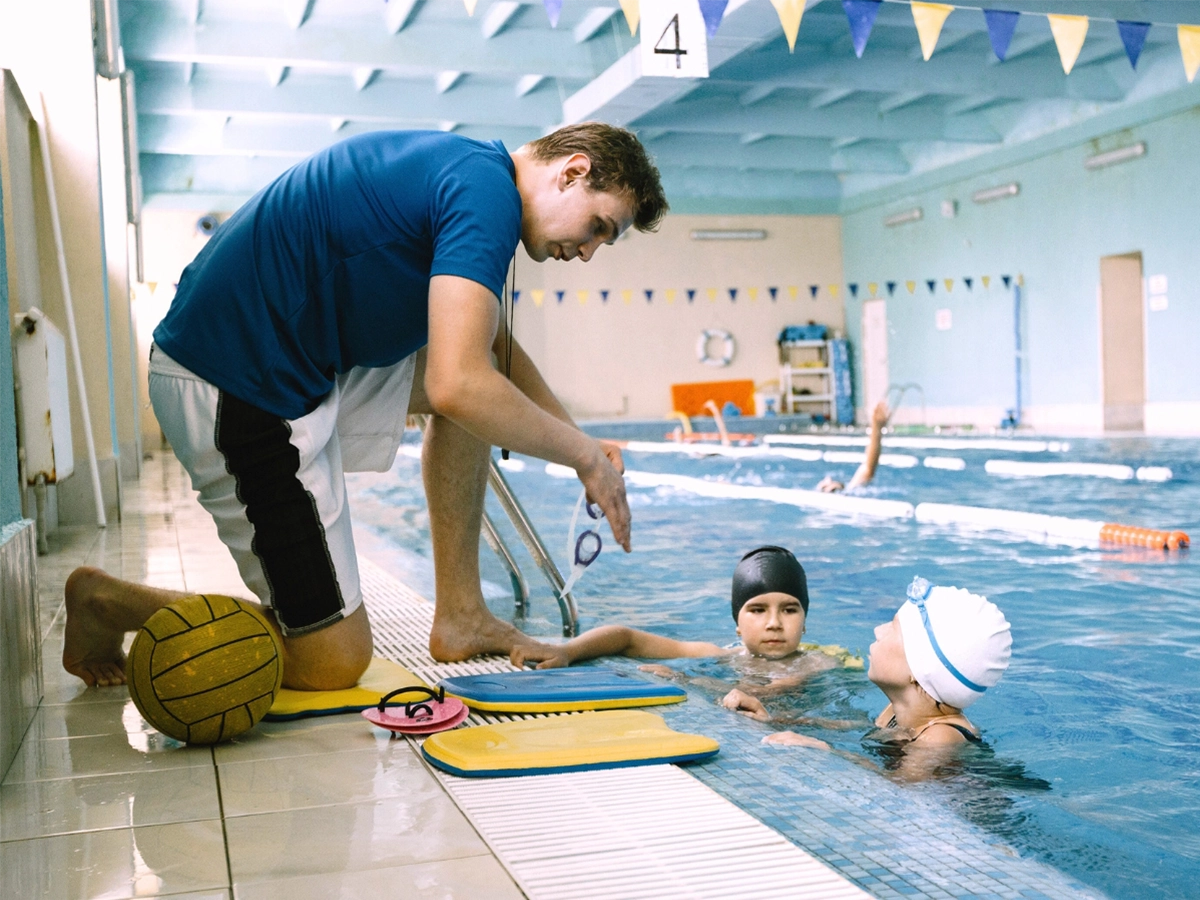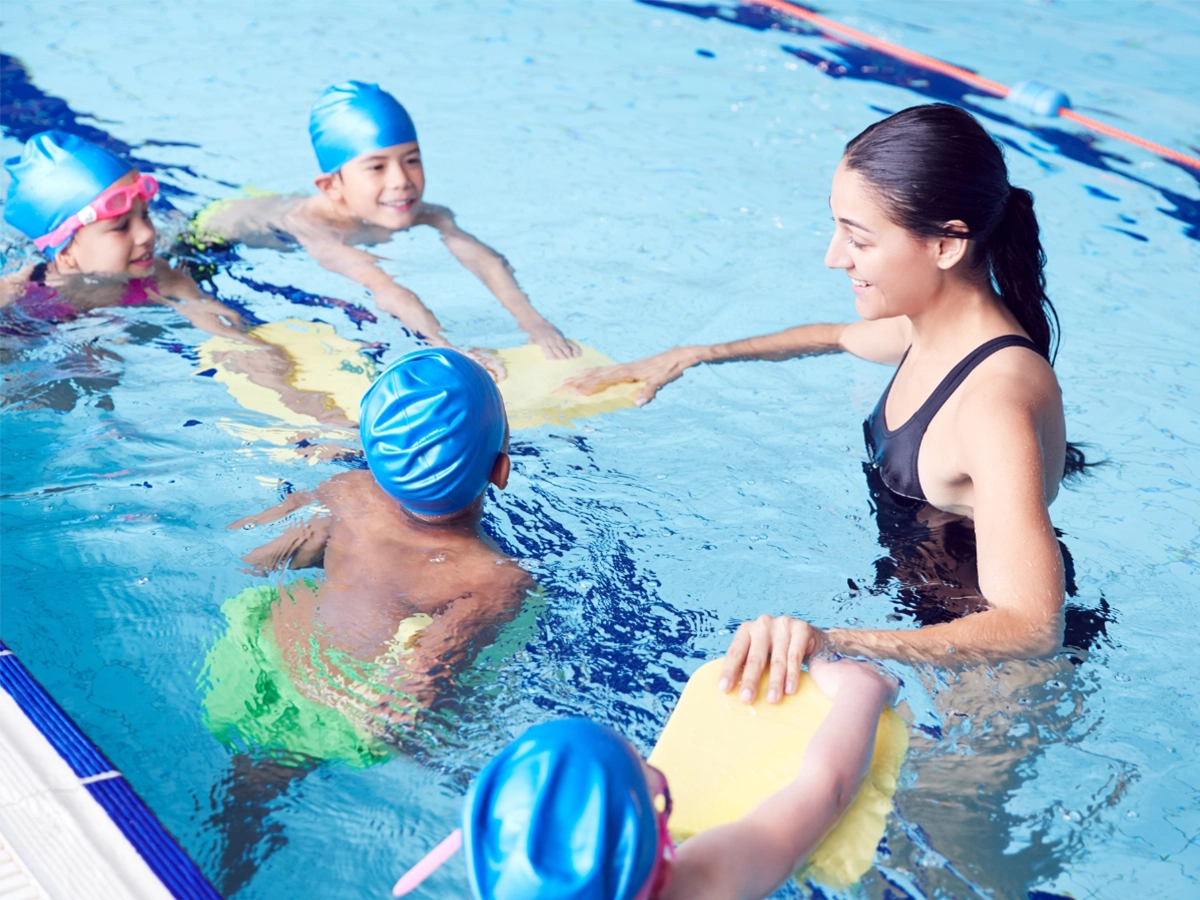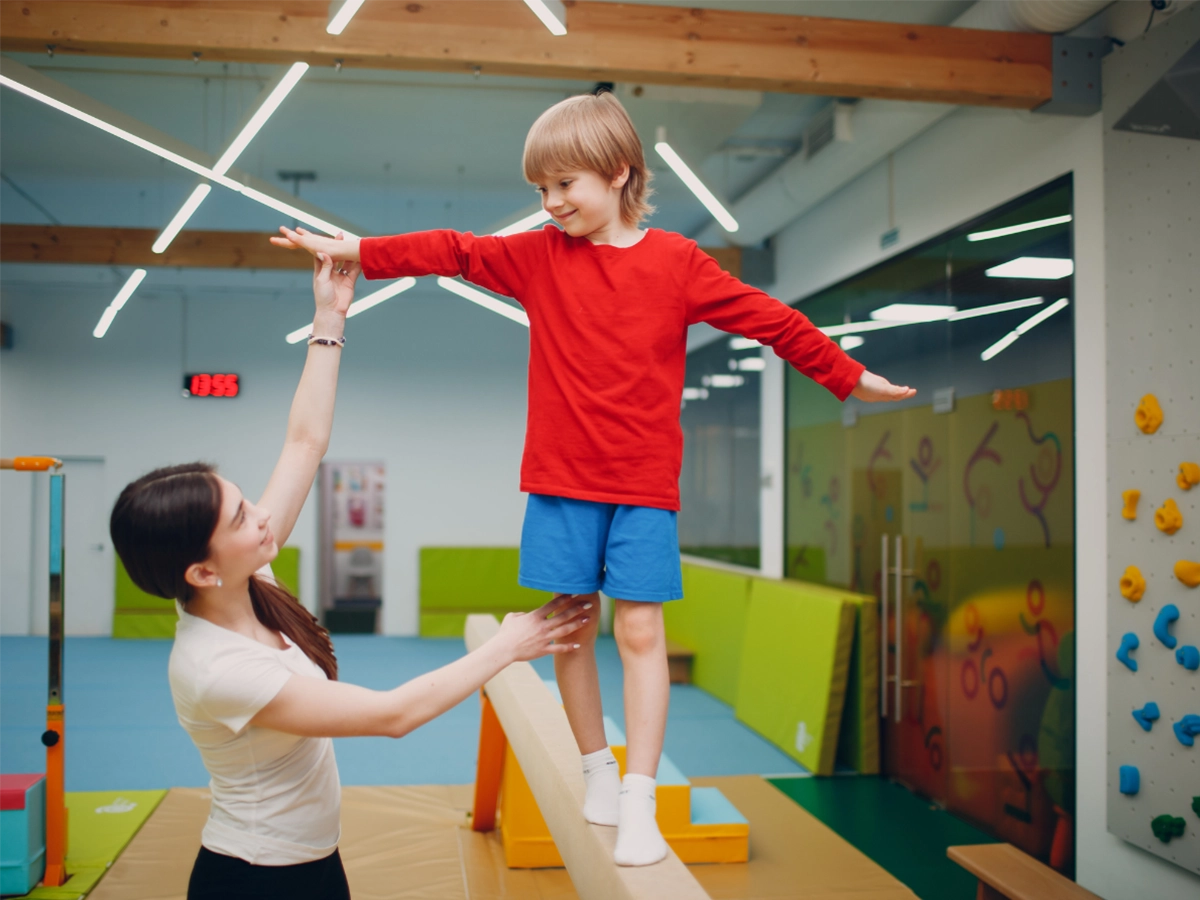Between equipment, floors, mats, fixtures, countertops, furniture, mirrors and walls – it can be difficult to keep your facility clean and germ-free this time of year. That’s why keeping germs at bay should always be your top priority, especially during cold and flu season.
Why should you keep your facility clean?
If you believe that a clean, germ-free facility is more likely to be a profitable facility, you’re not alone. And you’re not wrong. According to cleaning experts, gyms that spent approximately 4 percent of their budget on cleaning and maintenance made more profit and had higher customer retention rates than those that spent only 3 percent.
Regardless of the type of facility, cleanliness in common areas such as the front office and lobby, changing rooms, bathrooms and showers is critical, as these are places where germs and bacteria of all sorts can be introduced into the facility. It’s a best practice to pay attention to the details in cleaning these areas with great frequency so that your facility is highly unlikely to be the source of any type of germ distribution.
Delegation helps keep your facility clean
The tasks may seem intimidating to accomplish but sharing the responsibility of cleaning gives you a team to help you! Each person on staff should understand the importance of cleanliness and take part in maintaining it. Create a cleaning checklist so there is no question about what should be cleaned, what supplies should be used and how it should be done. Make assignments in the daily, weekly and as-needed tasks that are monitored.
Some of the responsibility for minimizing germ introduction must fall on parents. After all, they must make sure they aren’t sending a sick child to class or bringing an ill sibling into your facility’s waiting room.
Cleaning tasks to complete daily:
Vacuum
Disinfect counters and front office work stations
Remove trash from all wastebaskets
Wash towels
Cleaning tasks to complete weekly:
Disinfect floors
Wash windows and mirrors
Vacuum upholstered furniture
Inspect any equipment for maintenance needs
Cleaning tasks to complete on an as-needed basis:
These tasks include looking for trip hazards and tidy them away, clean walls, clear out and clean lockers or bins that are inactive, clean walls, replace light bulbs, remove unusable equipment, monitor humidity levels and air circulation.
Cleaning mats should take place between classes by spraying them with sanitizing fluid, wipe then down on all sides, then allow them to air dry before replacing them for the next class to use.
How to keep your dance facility clean
To keep dance floors germ-free, clean them daily. You’ll notice they last longer as a result.
Use cleaners that are meant specifically for dance floors. Good dance floor cleaners, while not the cheapest option, are safer for your floors than everyday floor cleaner. A quality dance floor cleaner helps keep your students safe and keeps your floors intact longer.
Sweep before you mop. This may sound obvious but it is important to get crumbs, loose dirt and residue off before deep cleaning begins.
Don’t sweep or mop the floor with oil-treated mops or brooms. Just don’t. There is residue in oil-based cleaners that will cause floors to be slippery
Don’t put Coke-a-Cola on your floors. Have you heard the wives tail about putting Coke-a-Cola on dance floors to prevent dancers from slipping? It’s bologna. And a great way to attract all sorts of insects and dirt.
How to keep your swim facility clean
Clean and germ-free is ultra-important for swim schools. With a pool of relatively warm water as a huge fixture in the room, a swim facility is quite the battle to keep clean.
The cleanliness of the pool and pool water helps; however, everything else must be constantly scrutinized and this is a monster job! It’s imperative to maintain meticulous cleaning schedules for addressing any bacteria that may try to get a foothold in every swim school space – the pool, changing rooms, showers and bathrooms, viewing areas and administrative offices.
An abundance of water creates moisture all over the place. So moisture is something swim schools must have under control. Trying to fix a moisture problem is a lot more expensive than just doing the maintenance for the inside air.
The relative humidity inside the pool is a term to really understand. Relative humidity is the ratio of the current absolute humidity to the highest possible absolute humidity (which depends on the current air temperature). Humidity is unique to the swim school and its location. Each is different. But if you can keep the air temperature above the water temperature, it will help make everyone comfortable in and out of the water.
Pools often use chlorine as the first line of defense to protect swimmers from bacteria and germs that become waterborne as children get in and out of the pool for lessons. Ultraviolet light is often used to supplement chlorine’s sanitizing capabilities. If UV use is maximized, it will reduce the amount of chlorine needed. There is also the option to use saline; however, applying salt doesn’t eliminate the residual chlorine requirement administered by many states.
Here are a few things on the to-do list when cleaning pools:
- Check chemical levels: Chlorine, PH levels & Alkalinity
- Clean out the skimmer & pump baskets
- Brush the surface of pool & any tile areas
- Use net to scoop debris off the top of pool
- Check filter pressure in case of a needed backwash
Children perform better and learn more if they feel good. Others in the class also have a better lesson experience without the distraction of a sick child. Parents should remember that keeping the pool where swim classes take place germ-free and healthy depends on their attentiveness to their child’s condition.
All of this is necessary because of the fear of waterborne illnesses. By following self-applied policies and CDC requirements, instances of illness can be minimized and everyone will swim healthy and happy!
Why is it important to keep your facility clean?
Due to their maturing immune system, young children are at a greater risk of exposure to germs than adults. Cold, flu, coughs and sore throats can run rampant if they ‘get loose’ in your facility.
Children in class settings have 8-12 colds per year, according to Onhealth.com.
You don’t want to be a paranoid germaphobe, but you do want to understand the potential risk to your students (and their families) of allowing bacteria to get a foothold in your facility. Rely on your team, your facility’s parents and yourself to make your facility clean, germ-free and fun!
As we like to say, the devil is in the details. That’s exactly what you probably think of the details involved in the meticulous cleaning it takes to maintain a germ-free facility
How to maintain a germ-free facility















